Home>Technology>Security & Surveillance>How To Lock A Door With A Key
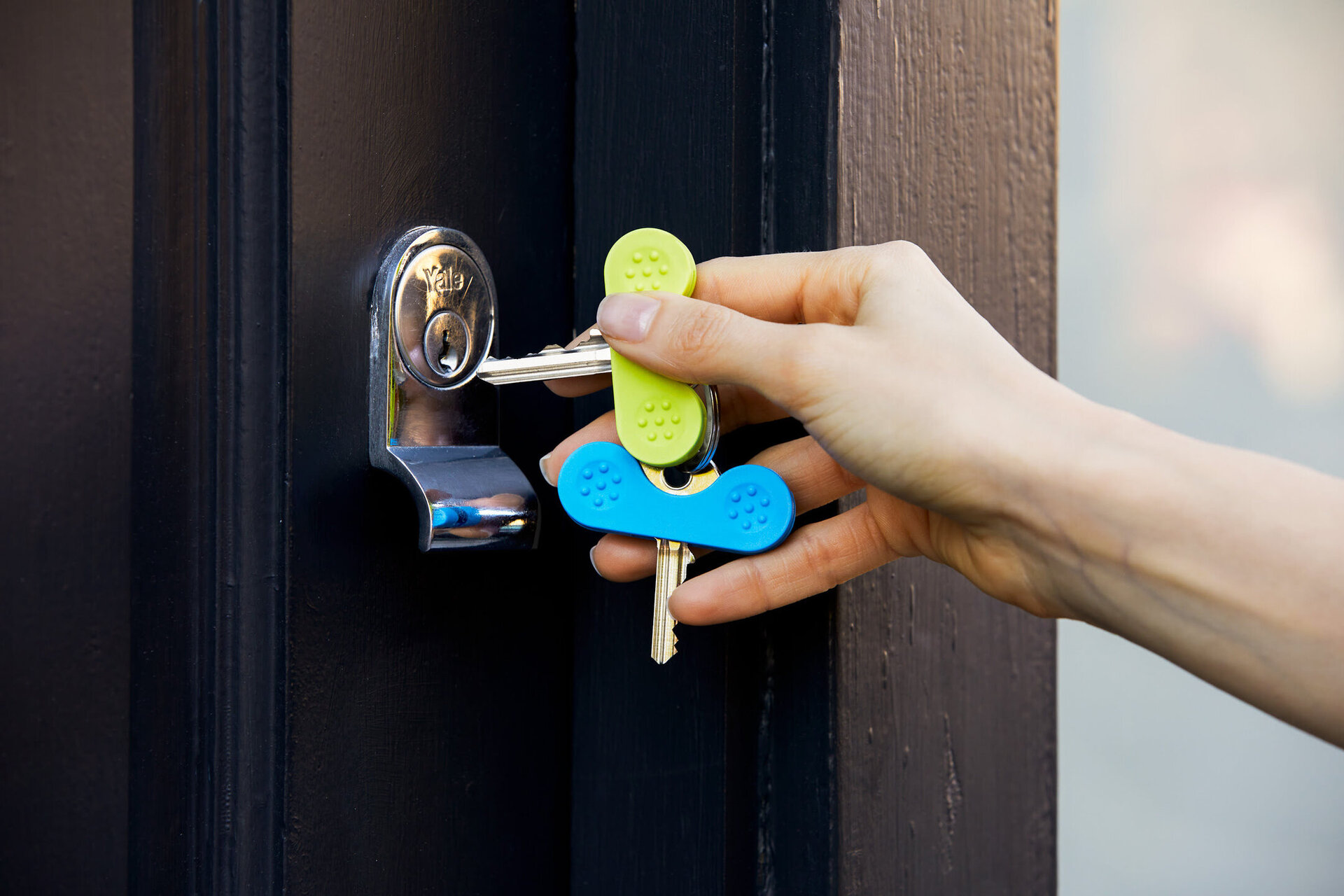

Security & Surveillance
How To Lock A Door With A Key
Modified: January 5, 2024
Learn how to properly lock a door using a key for enhanced security and surveillance. Follow these simple steps to secure your home or office effectively. Unlock the secrets of door security now!
(Many of the links in this article redirect to a specific reviewed product. Your purchase of these products through affiliate links helps to generate commission for Storables.com, at no extra cost. Learn more)
Introduction
Welcome to the world of security and surveillance, where the humble key and lock play a pivotal role in safeguarding our homes, offices, and belongings. In this comprehensive guide, we will delve into the art of locking a door with a key, demystifying the process and offering valuable insights to ensure maximum security.
The act of locking a door with a key may seem straightforward, but its significance cannot be overstated. A properly secured door provides a sense of safety and privacy, offering peace of mind in an unpredictable world. Whether you are a homeowner, a tenant, or a business owner, understanding the nuances of this fundamental security practice is essential for protecting your assets and loved ones.
Throughout this guide, we will explore the intricate mechanics of keys and locks, unravel the steps to effectively lock a door, and provide expert tips to enhance the security of your premises. By the end of this journey, you will possess a wealth of knowledge that empowers you to fortify your surroundings with confidence and precision.
So, let's embark on this enlightening exploration of the art and science of locking a door with a key, and discover the peace of mind that comes with knowing your space is truly secure.
Key Takeaways:
- Master the art of locking a door with a key by understanding the mechanics and following precise steps, ensuring maximum security for your space.
- Elevate your door lock security with high-quality locks, advanced systems, regular maintenance, and additional measures, creating a robust defense against unauthorized entry.
Read more: How To Lock Key Fob Door
Understanding the Key and Lock Mechanism
Before delving into the practical aspects of locking a door with a key, it is crucial to grasp the fundamental principles behind the key and lock mechanism. At its core, a lock serves as a mechanical or electronic device that secures an entryway, while a key is the specialized tool used to operate the lock.
Locks come in various forms, including padlocks, deadbolts, knob locks, and electronic smart locks, each with its unique features and levels of security. Regardless of the type, the primary function of a lock is to prevent unauthorized access, thereby safeguarding the enclosed space and its contents.
Keys, on the other hand, are intricately designed to align with the internal components of a specific lock, allowing for seamless engagement and disengagement. The configuration of the key, including its ridges, notches, and cuts, corresponds to the internal pins or tumblers within the lock, enabling the key to manipulate these elements and either secure or release the locking mechanism.
Understanding the interplay between keys and locks unveils the precision and complexity involved in their operation. It also underscores the importance of using the correct key for a designated lock, as any mismatch can lead to ineffective locking or potential security breaches.
Furthermore, advancements in lock technology have given rise to sophisticated key systems, such as master keys and keyless entry systems, offering enhanced convenience and control over access to secured areas. These innovations have revolutionized the traditional notions of key and lock mechanisms, ushering in a new era of smart and adaptable security solutions.
By comprehending the intricate marriage of keys and locks, individuals can make informed decisions regarding the selection, installation, and maintenance of security apparatus. This foundational knowledge sets the stage for mastering the art of locking a door with a key, paving the way for a fortified and protected environment.
Steps to Lock a Door With a Key
Locking a door with a key may seem like a simple task, but executing it with precision ensures optimal security for your space. The following steps outline the fundamental process of locking a door using a traditional key and lock system:
- Insert the Key: Begin by inserting the key into the keyway, which is the slot or orifice designed to receive the key. Ensure that the key is fully and properly inserted to engage with the internal components of the lock.
- Rotate the Key: With the key inserted, gently rotate it in the direction specified by the lock’s mechanism. For most locks, this involves turning the key clockwise, but certain models may require counterclockwise rotation. Pay attention to the resistance and feedback from the lock as you turn the key.
- Feel for the Click: As you rotate the key, you may feel a subtle click or change in resistance. This indicates that the internal pins or tumblers have aligned, allowing the lock to secure the door. This tactile feedback signals that the key has effectively engaged with the lock’s mechanism.
- Test the Lock: After turning the key and feeling the click, perform a brief test to ensure that the door is securely locked. Gently attempt to push or pull the door to confirm that it is properly latched and cannot be opened without the key. This verification step is crucial for validating the effectiveness of the locking process.
- Remove the Key: Once the lock is confirmed to be engaged, carefully remove the key from the keyway. Ensure that the key is extracted smoothly, without applying unnecessary force or causing any damage to the key or lock.
These steps encapsulate the essential actions required to lock a door using a key. While the process may vary slightly based on the specific type of lock and key system in place, the underlying principles remain consistent across various configurations.
Mastering the art of locking a door with a key involves honing your tactile sensitivity and understanding the nuances of different lock mechanisms. By following these steps diligently, you can ensure that your doors are reliably secured, providing a robust defense against unauthorized entry.
When locking a door with a key, make sure to insert the key fully into the lock and turn it clockwise until you hear a click. Then remove the key and test the door to ensure it is locked.
Tips for Ensuring a Secure Lock
While the act of locking a door with a key is a fundamental aspect of security, certain tips and best practices can elevate the effectiveness of this process, fortifying the integrity of the lock and bolstering overall protection. Consider the following recommendations to ensure a secure lock:
- Choose High-Quality Locks: Invest in reputable, high-quality locks that offer advanced security features and durability. Look for industry-certified locks that have undergone rigorous testing to withstand intrusion attempts and environmental stressors.
- Upgrade to Advanced Locking Systems: Consider upgrading to advanced locking systems, such as smart locks with biometric authentication or keyless entry options. These modern solutions provide added layers of security and convenience, often integrating with home automation platforms for seamless control.
- Regular Maintenance: Schedule routine maintenance for your locks to address any wear and tear, lubricate internal components, and rectify any potential issues that could compromise the lock’s functionality. Well-maintained locks are more reliable and resilient over time.
- Rekey Locks Periodically: If you’ve recently moved into a new home or experienced a security breach, consider rekeying the locks to invalidate any unauthorized copies of keys that may be in circulation. This precautionary measure mitigates the risk of unauthorized access.
- Install Security Cameras: Complement your door locks with strategically positioned security cameras to monitor entry points and deter potential intruders. Modern surveillance systems offer remote viewing capabilities and motion detection, enhancing overall security.
- Implement Additional Security Measures: Consider reinforcing your doors with security bars, door jammers, or additional deadbolts to augment the primary locking mechanism. These supplementary measures act as deterrents and provide added resistance against forced entry.
- Practice Key Management: Exercise caution when managing and distributing spare keys, ensuring that they are entrusted only to trusted individuals. Avoid labeling keys with corresponding addresses to prevent potential misuse or unauthorized access.
By integrating these tips into your security protocol, you can elevate the effectiveness of your door locks and create a more robust barrier against unauthorized entry. A proactive and layered approach to security not only safeguards your property but also fosters a sense of confidence and peace of mind.
Conclusion
As we conclude our exploration of the art of locking a door with a key, we have gained valuable insights into the intricate dynamics of key and lock mechanisms, the essential steps for securing a door, and expert tips for enhancing the effectiveness of this fundamental security practice.
Locking a door with a key transcends the physical act of securing an entryway; it embodies the assurance of safety, privacy, and control over one’s environment. The meticulous interplay between keys and locks, coupled with the nuances of different locking systems, underscores the significance of this everyday ritual in fortifying our living and working spaces.
By understanding the mechanics of keys and locks, individuals are empowered to make informed decisions regarding security solutions, selecting high-quality locks, and implementing advanced security measures. The integration of modern technologies, proactive maintenance, and strategic reinforcement amplifies the resilience of door locks, creating a formidable defense against potential threats.
Furthermore, the conscientious application of expert tips, such as rekeying locks, installing security cameras, and practicing prudent key management, augments the effectiveness of door locks, fostering a comprehensive security posture that instills confidence and peace of mind.
Ultimately, the art of locking a door with a key is a timeless practice that transcends generations and cultures, symbolizing the innate human desire for safety, privacy, and autonomy. As we embrace the responsibility of securing our surroundings, may we approach this task with diligence, foresight, and a commitment to fostering secure and harmonious environments for ourselves and those we care for.
So, as you embark on this journey of fortifying your spaces, remember that the humble key and lock hold the key to your peace of mind, and by mastering their art, you pave the way for a safer and more secure world.
Frequently Asked Questions about How To Lock A Door With A Key
Was this page helpful?
At Storables.com, we guarantee accurate and reliable information. Our content, validated by Expert Board Contributors, is crafted following stringent Editorial Policies. We're committed to providing you with well-researched, expert-backed insights for all your informational needs.
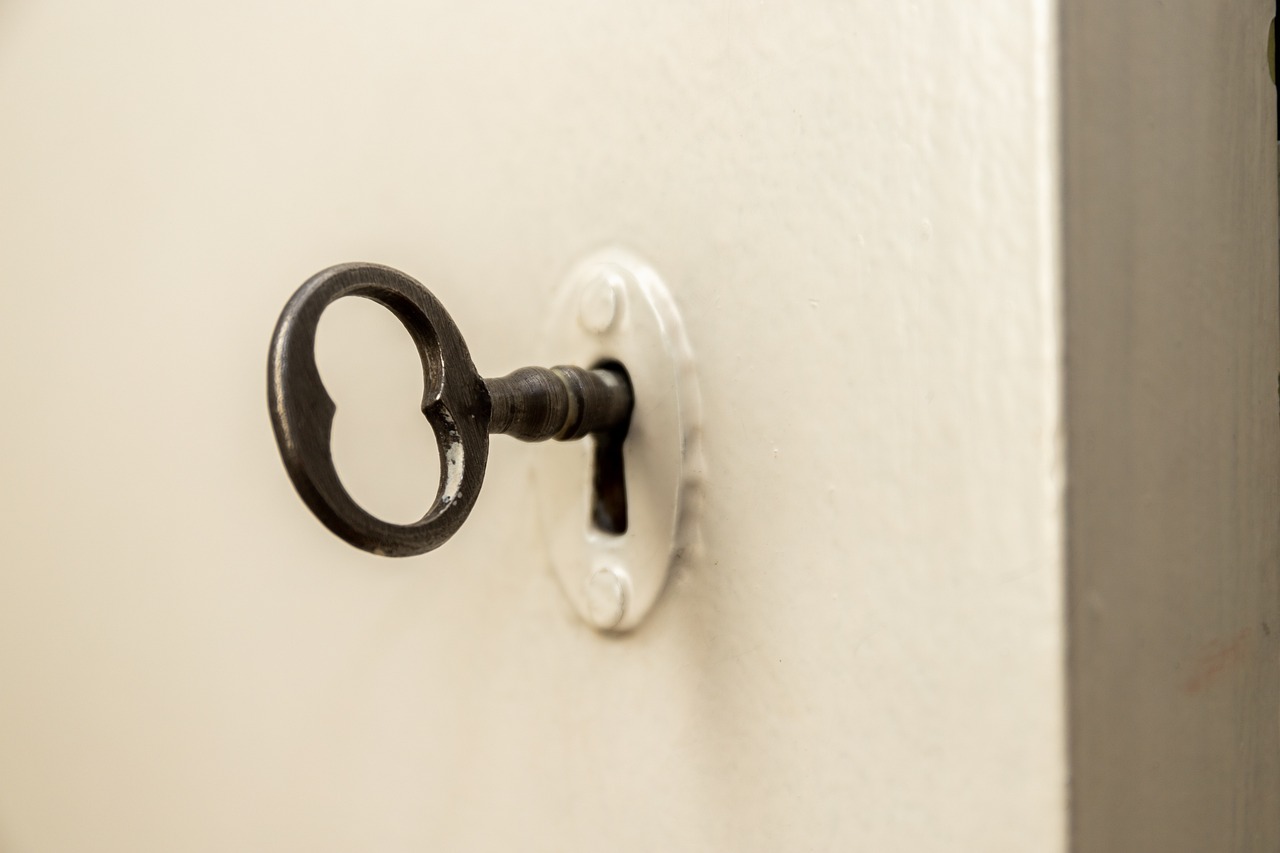
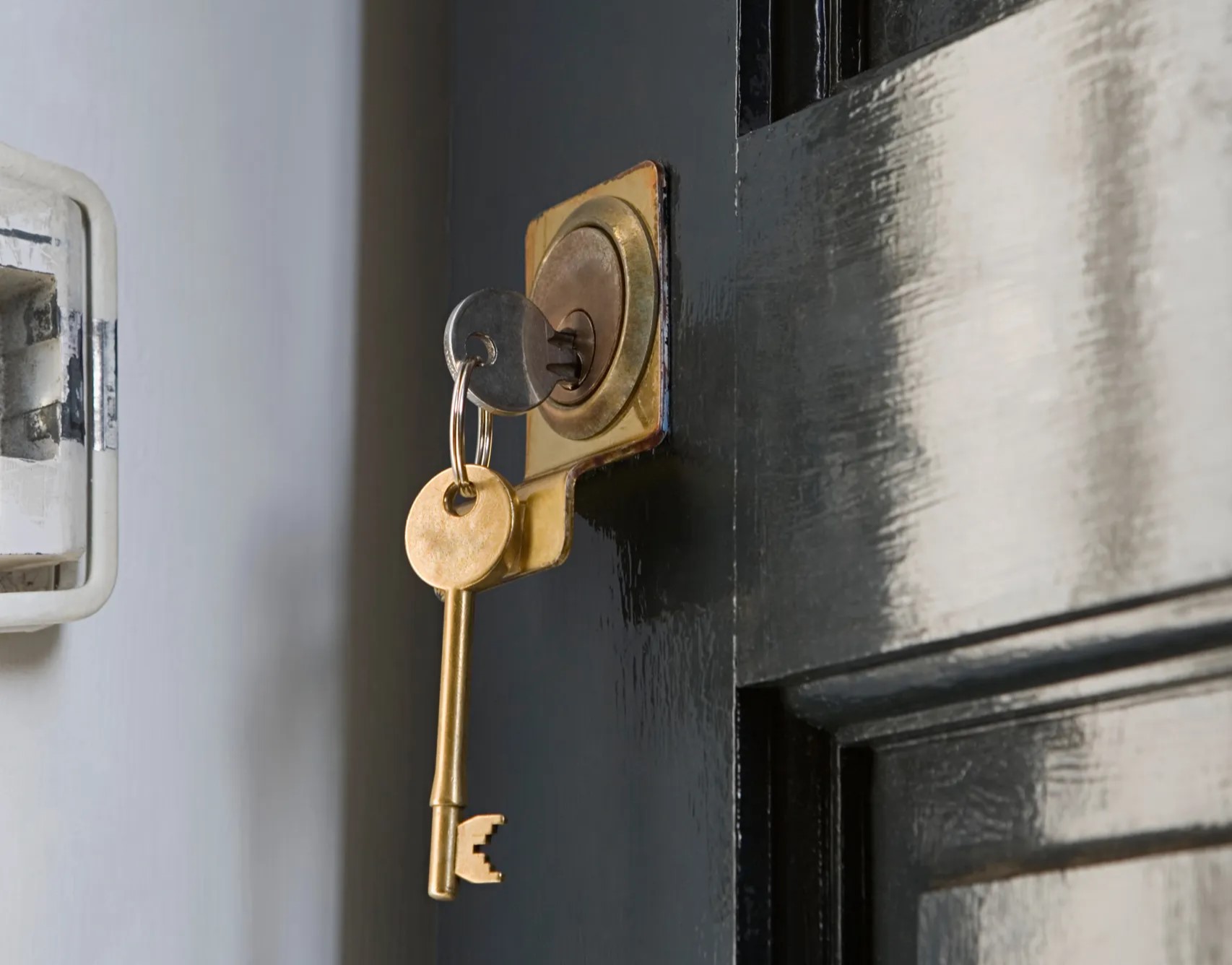
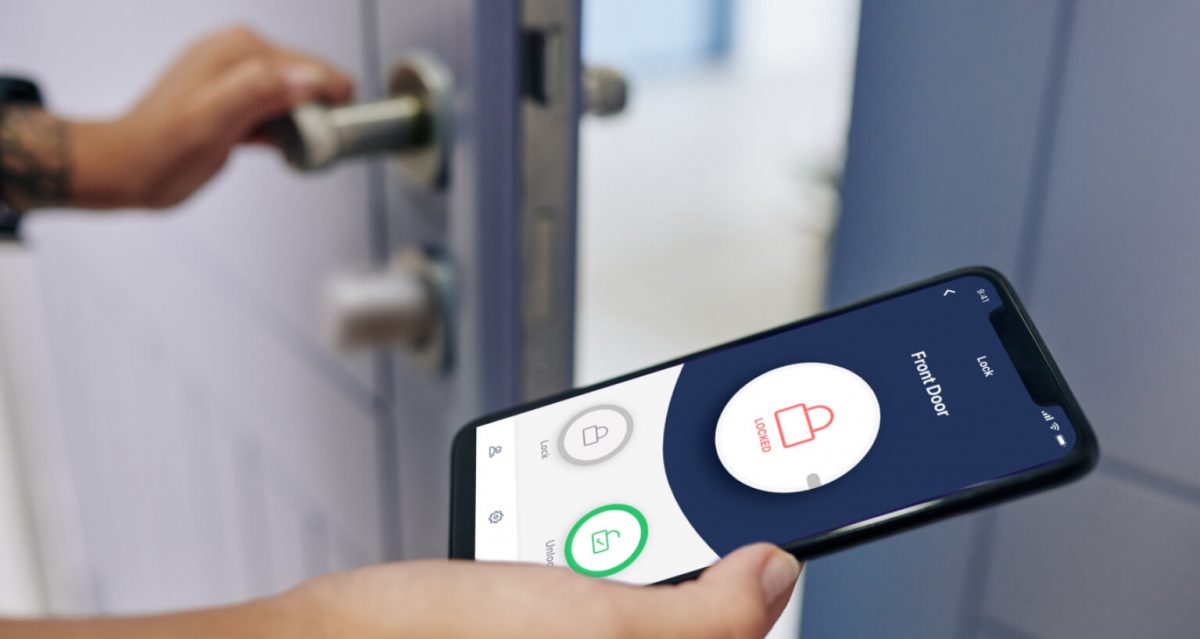
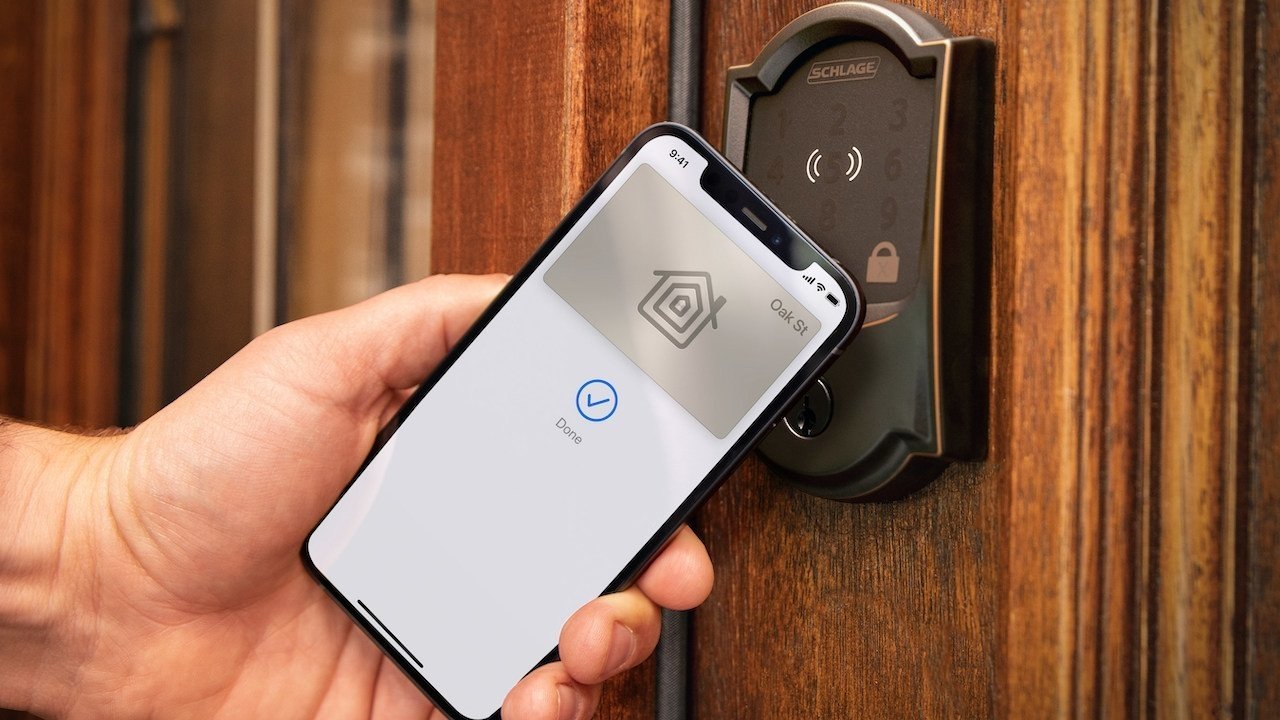
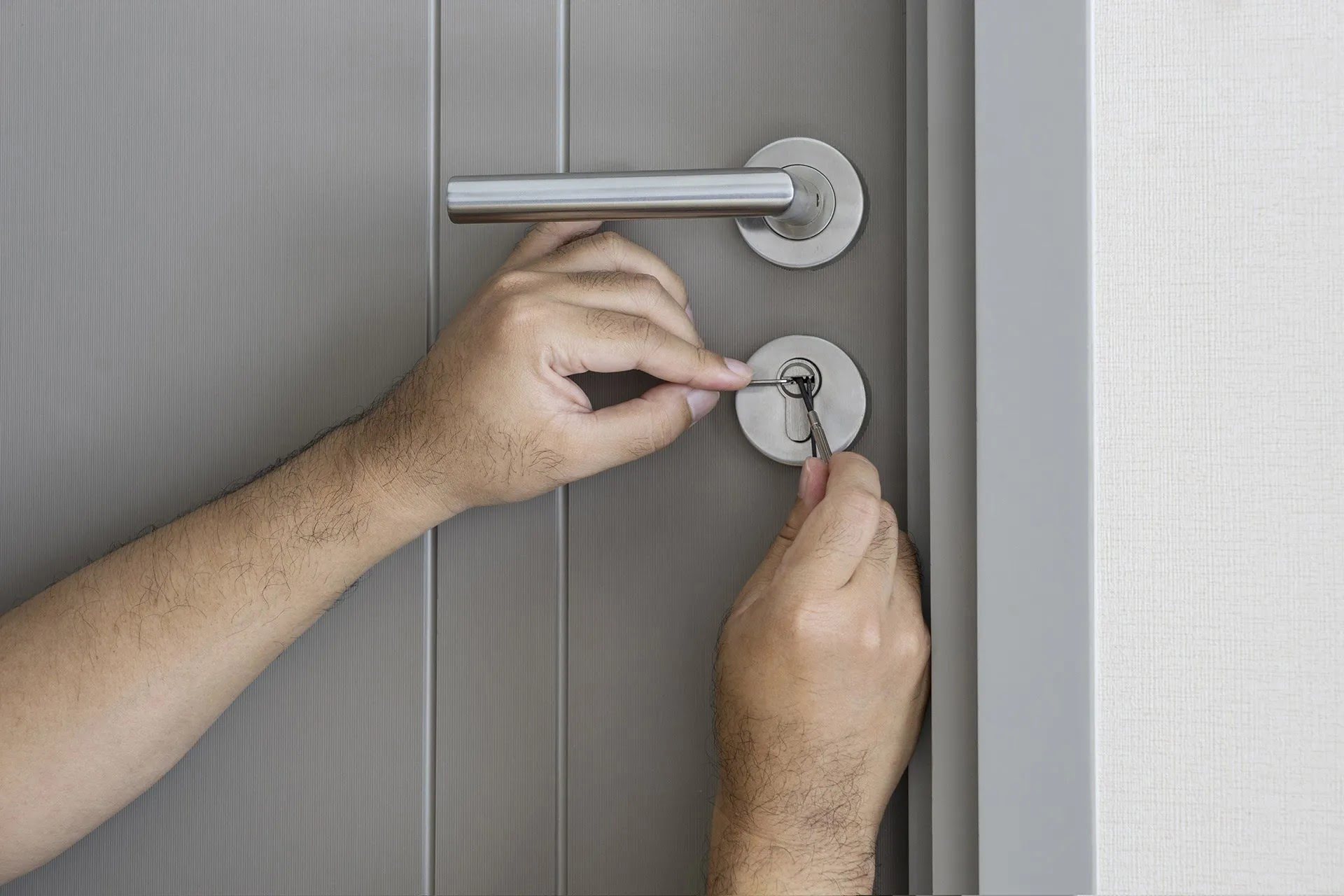
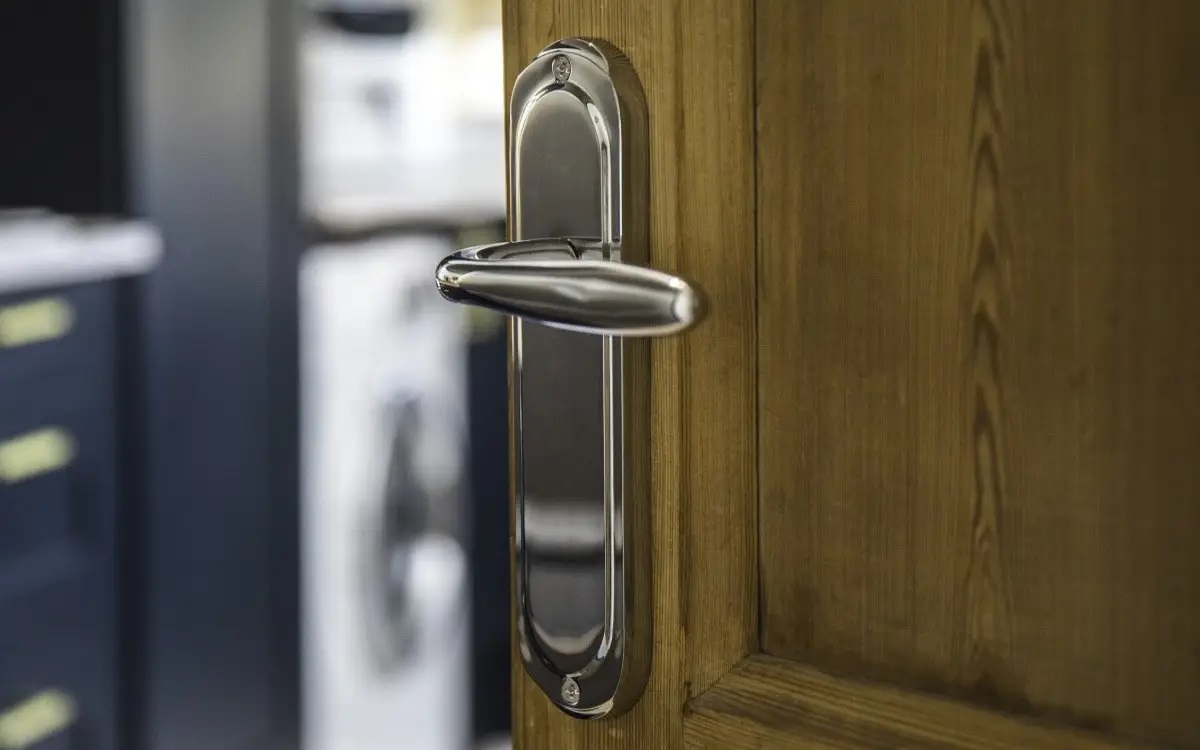
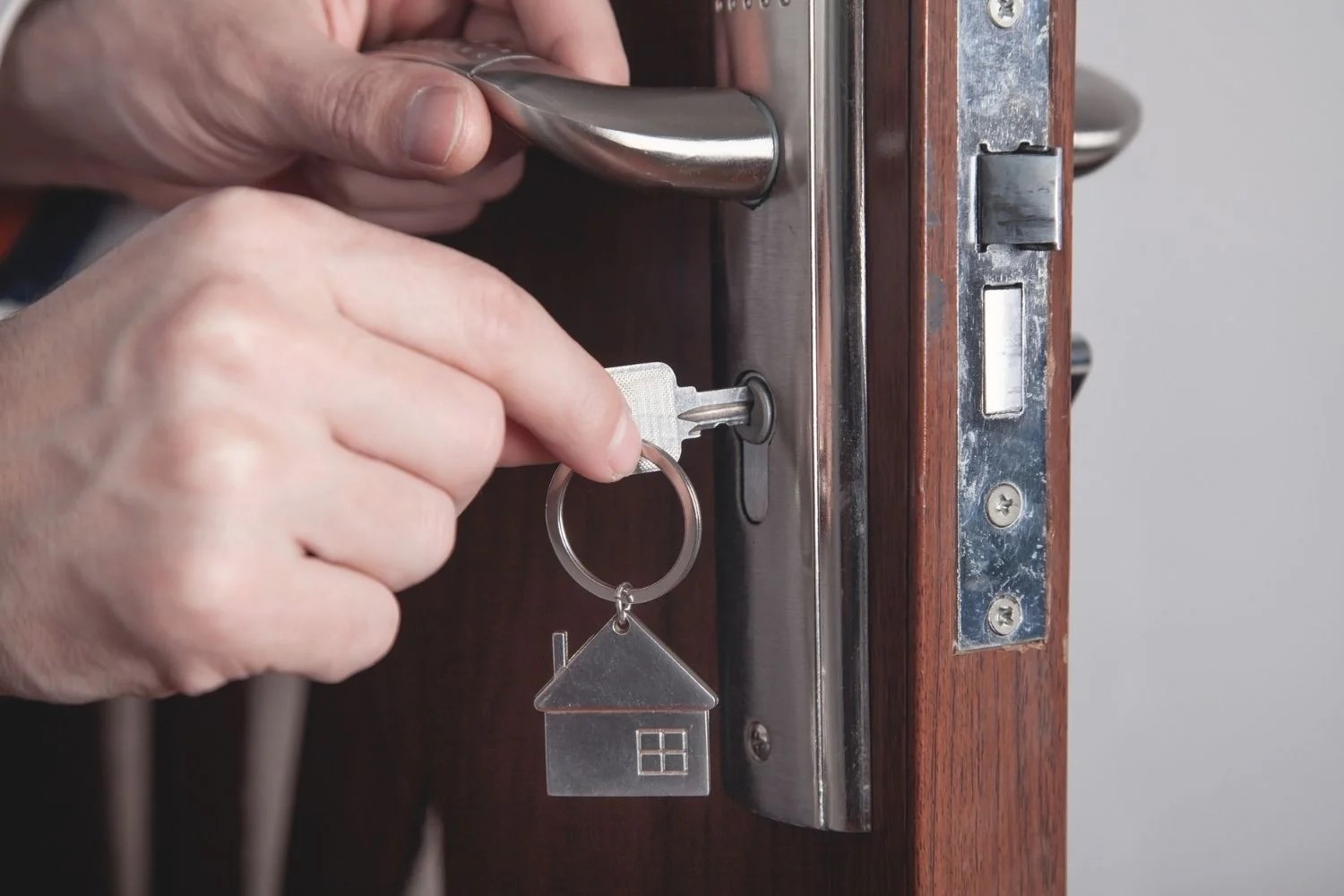
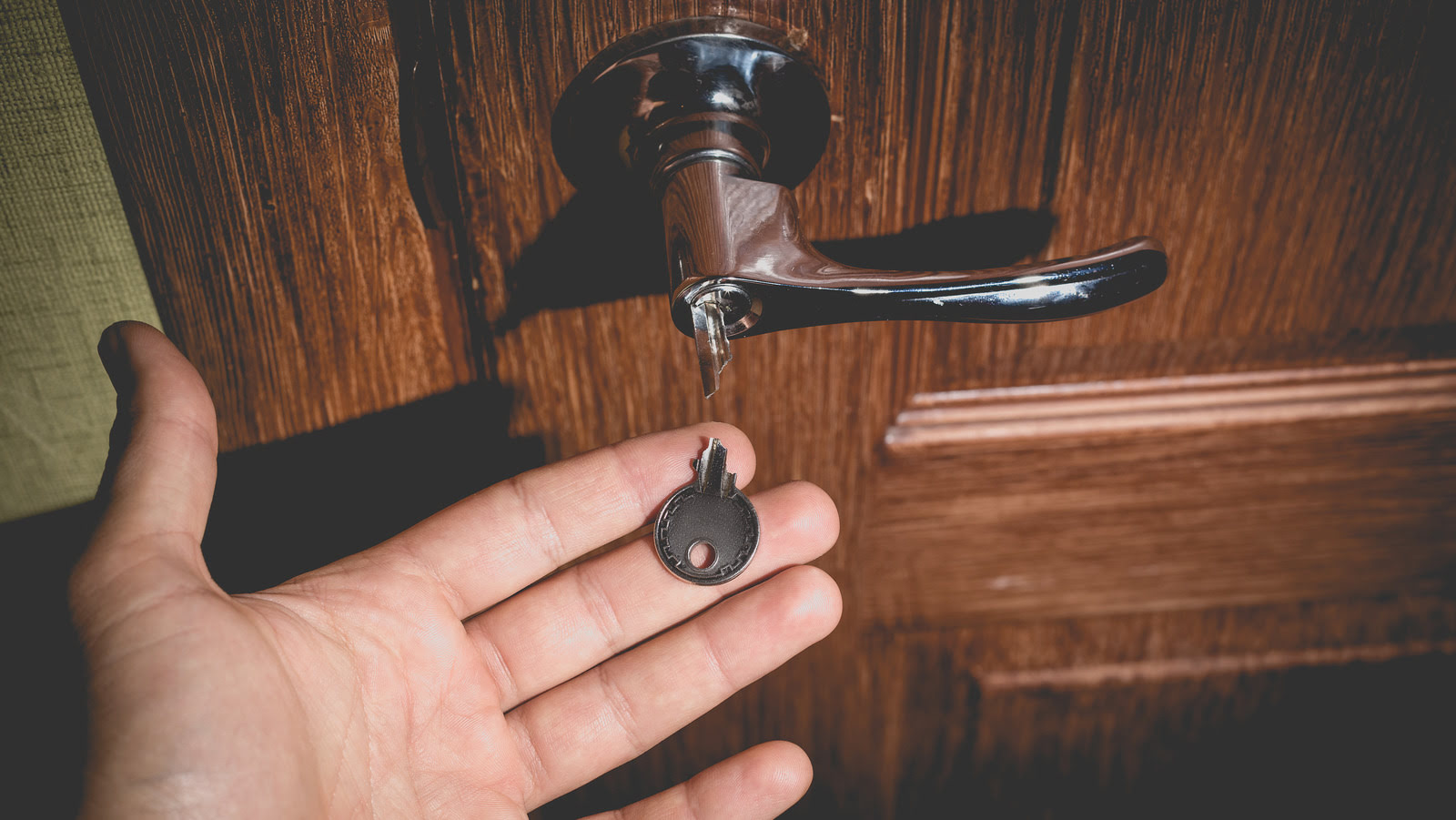
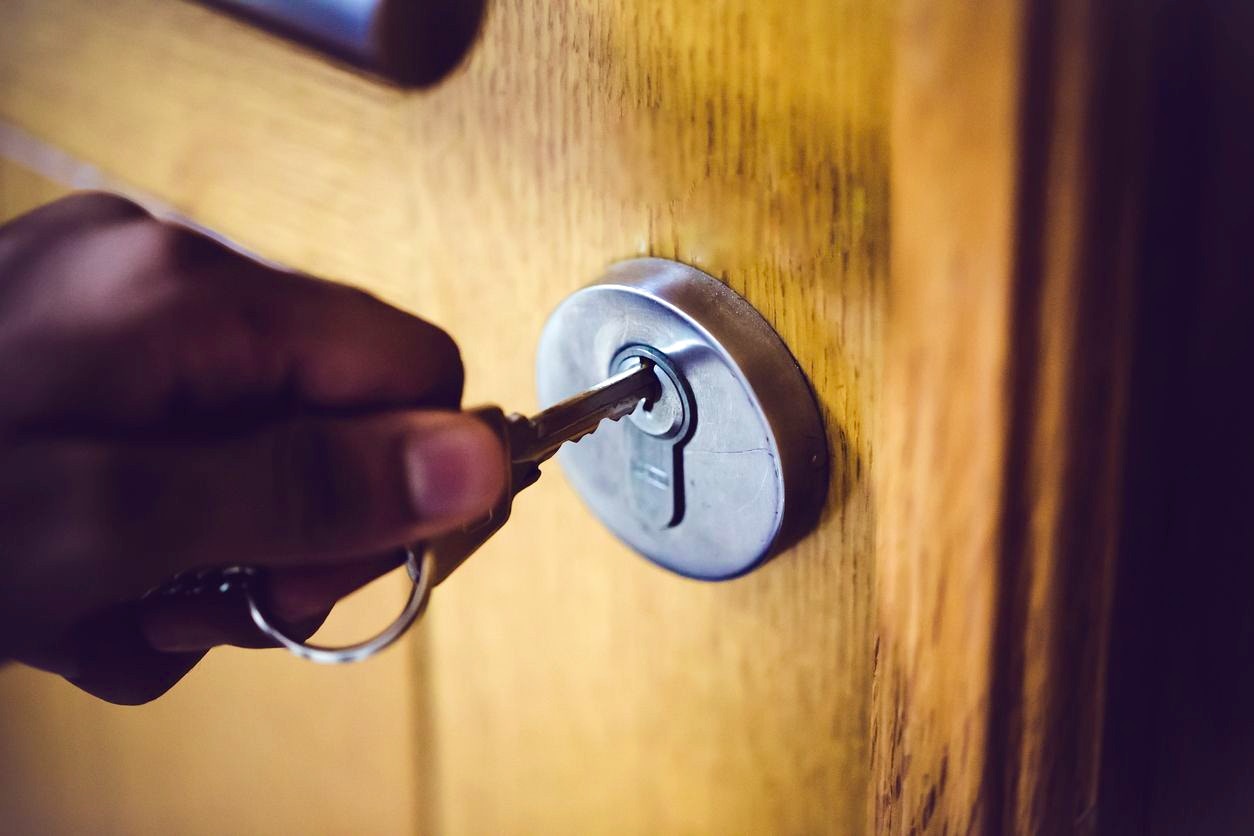
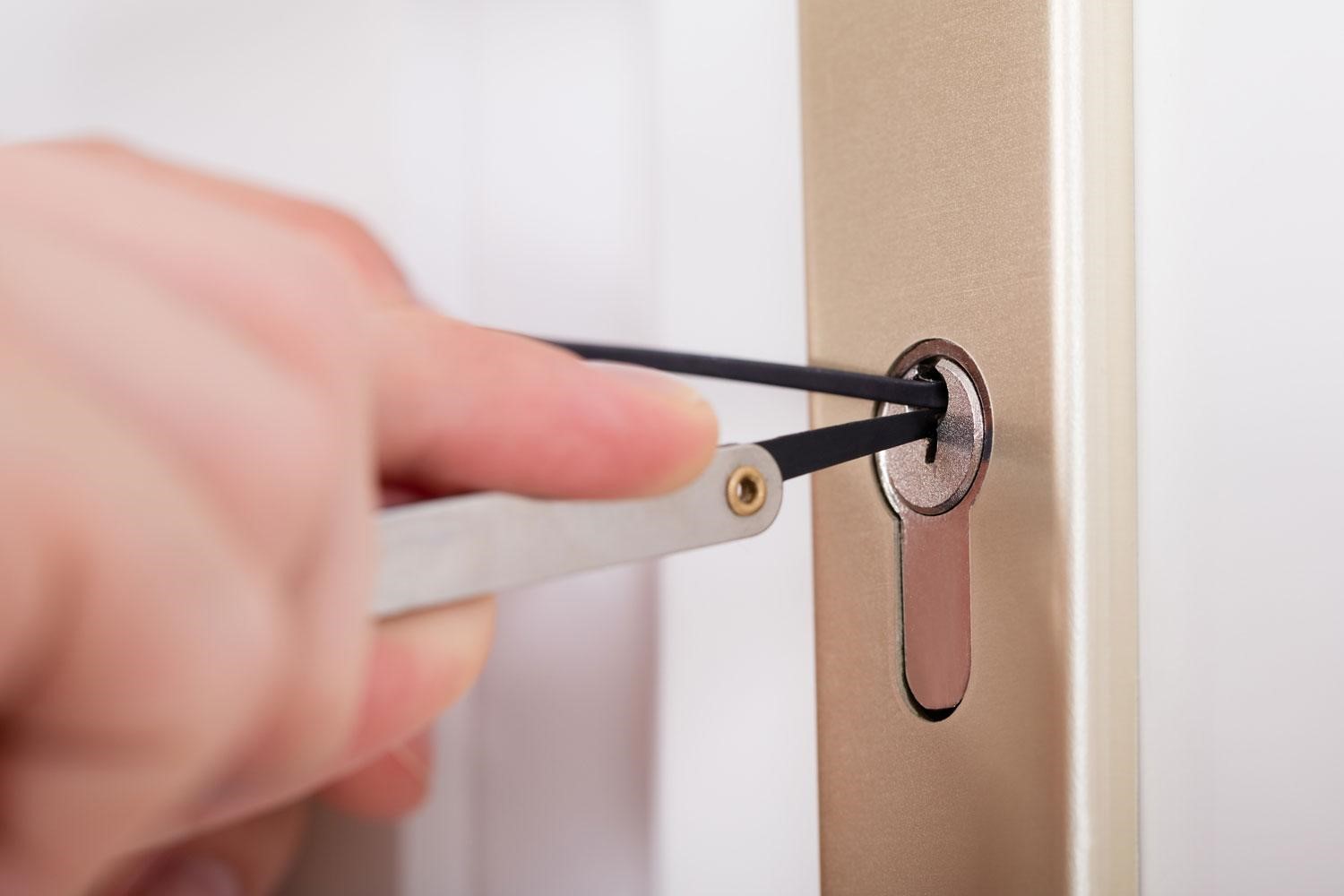
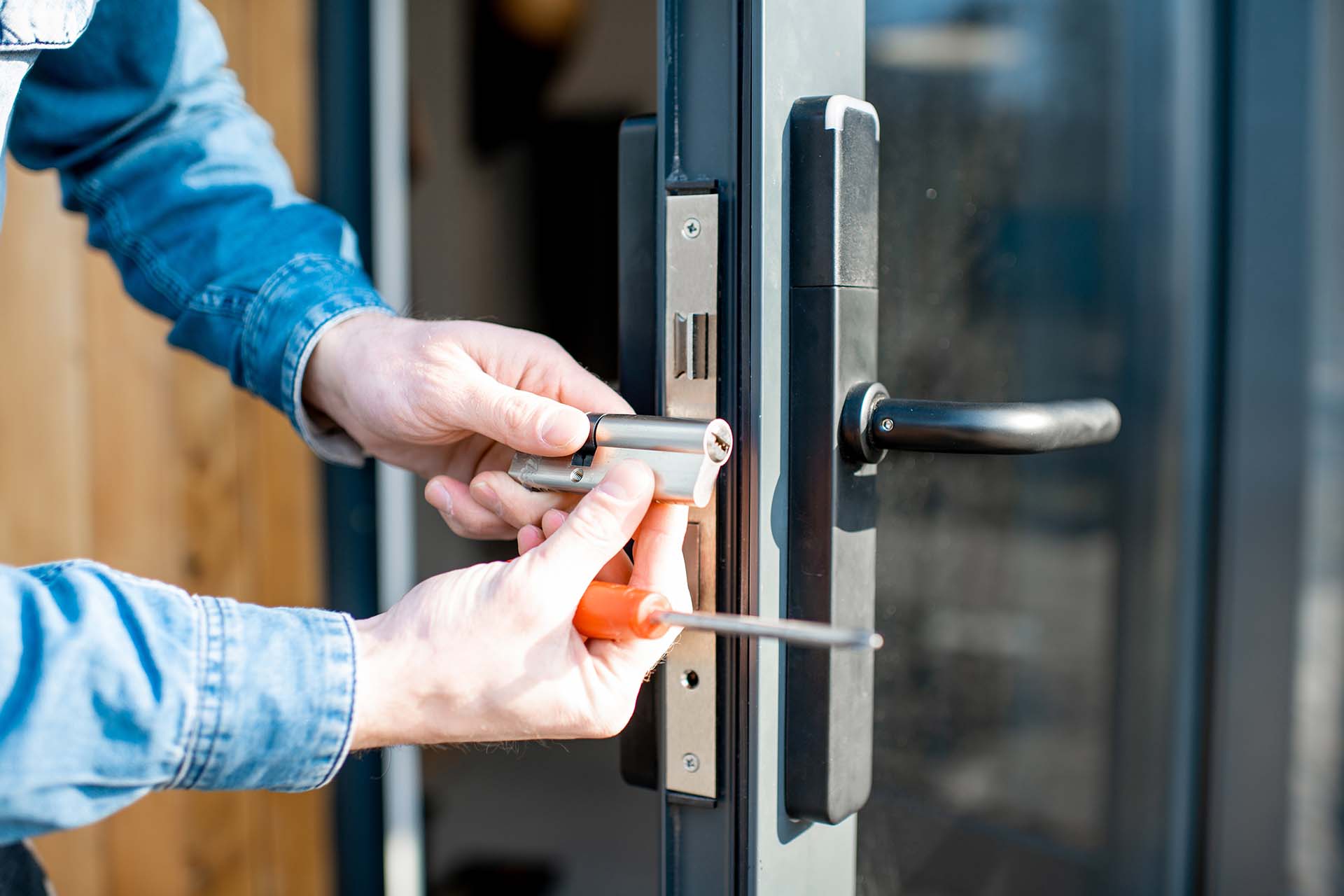
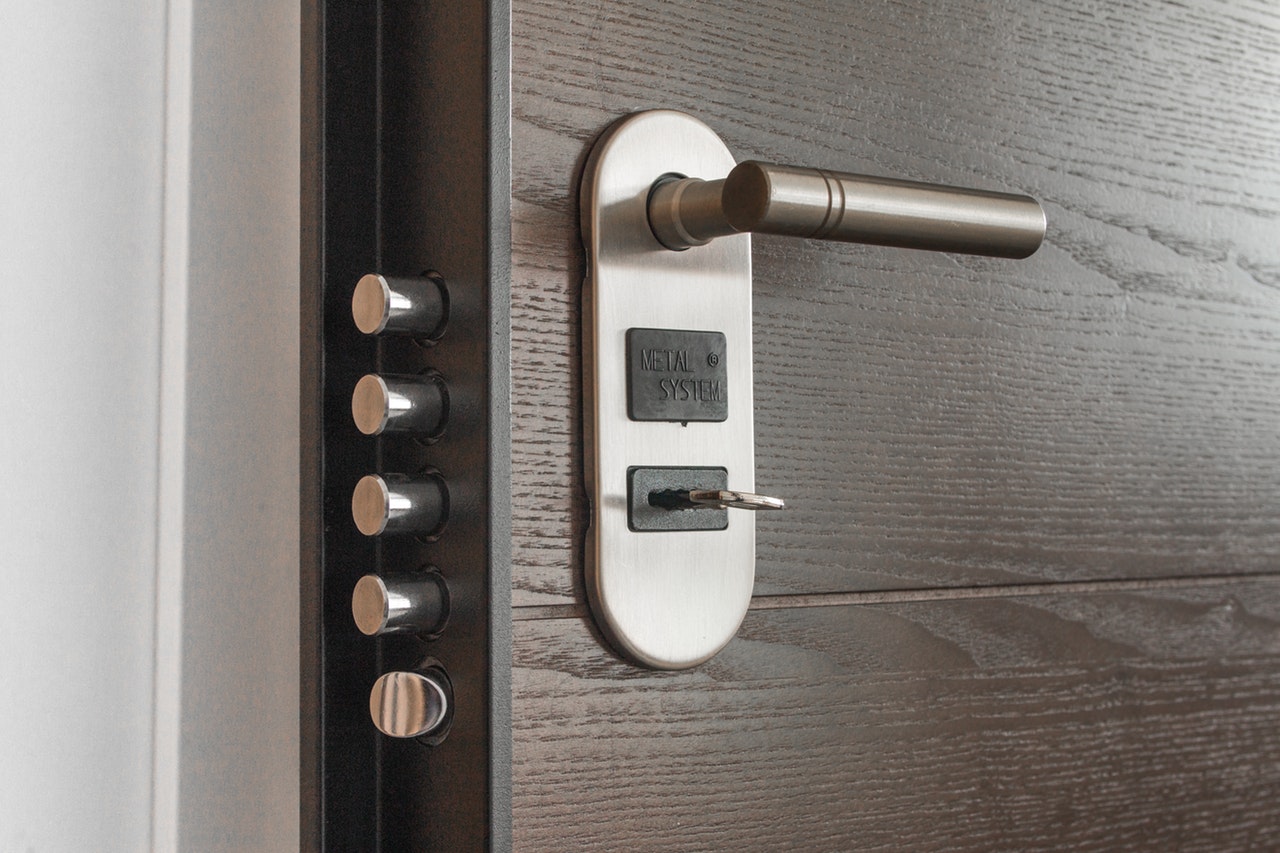
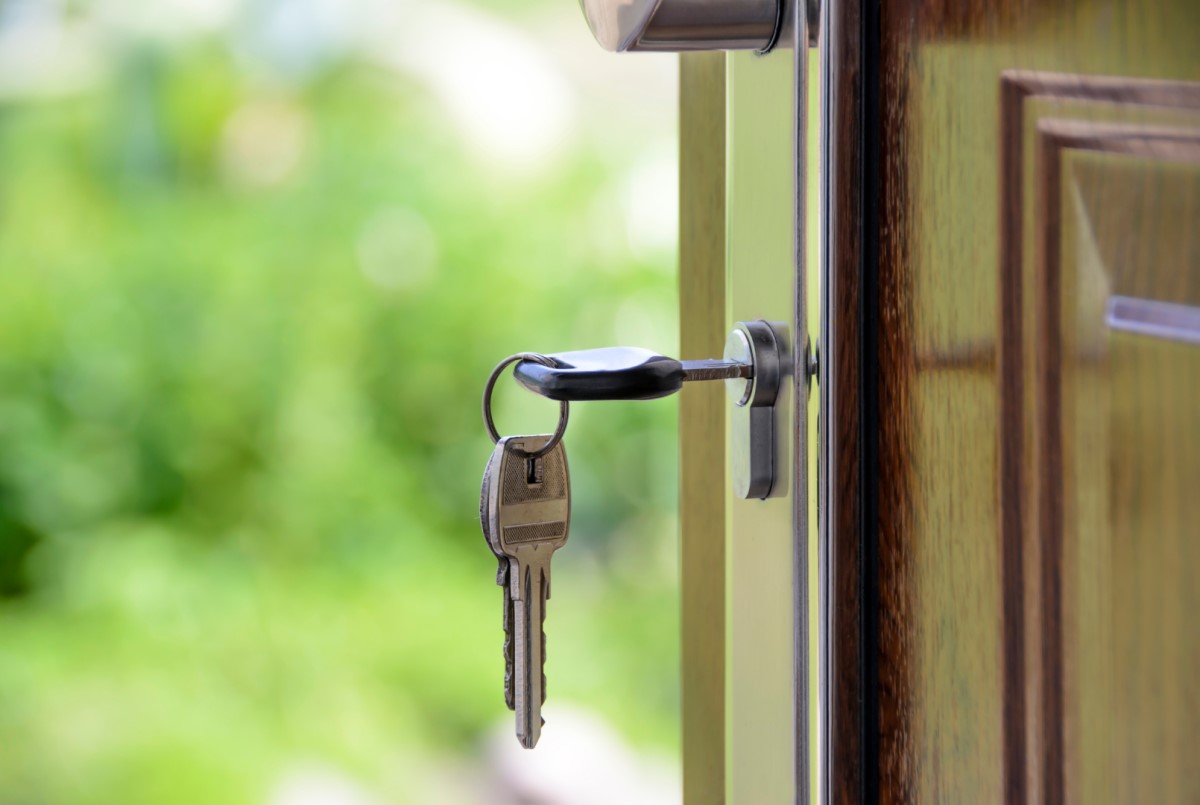
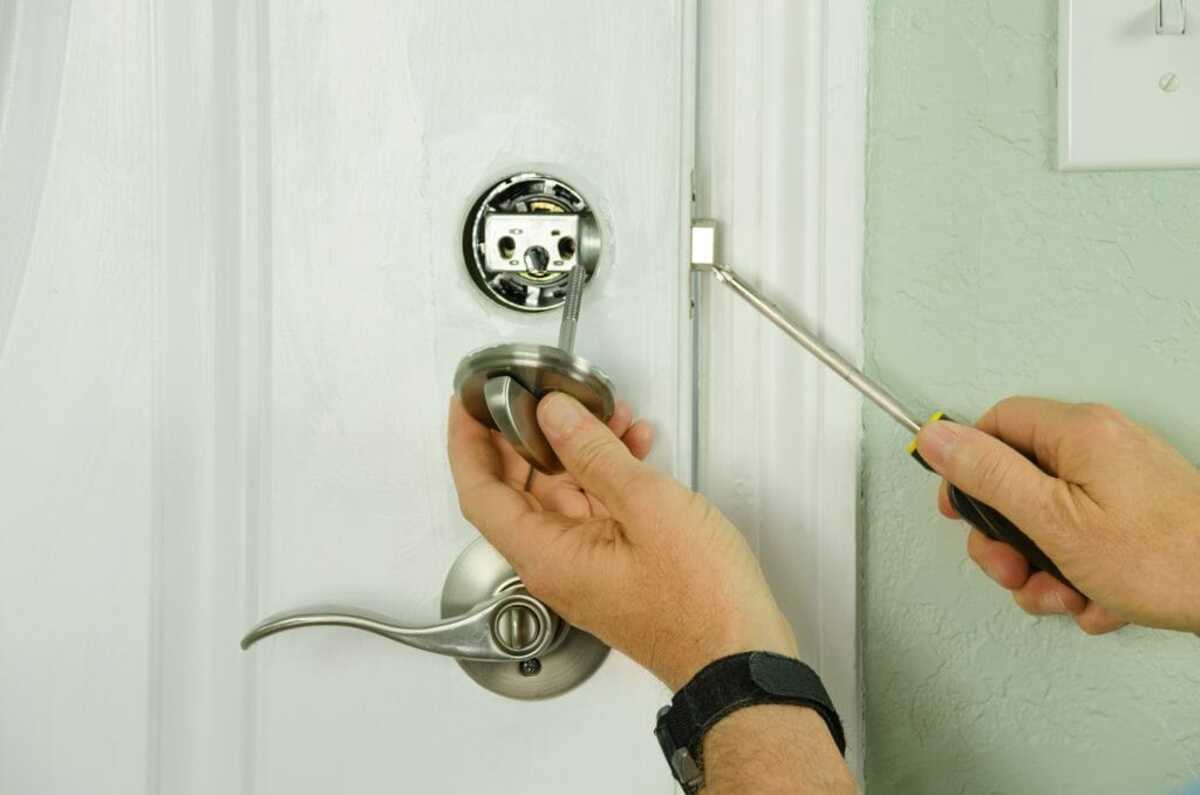
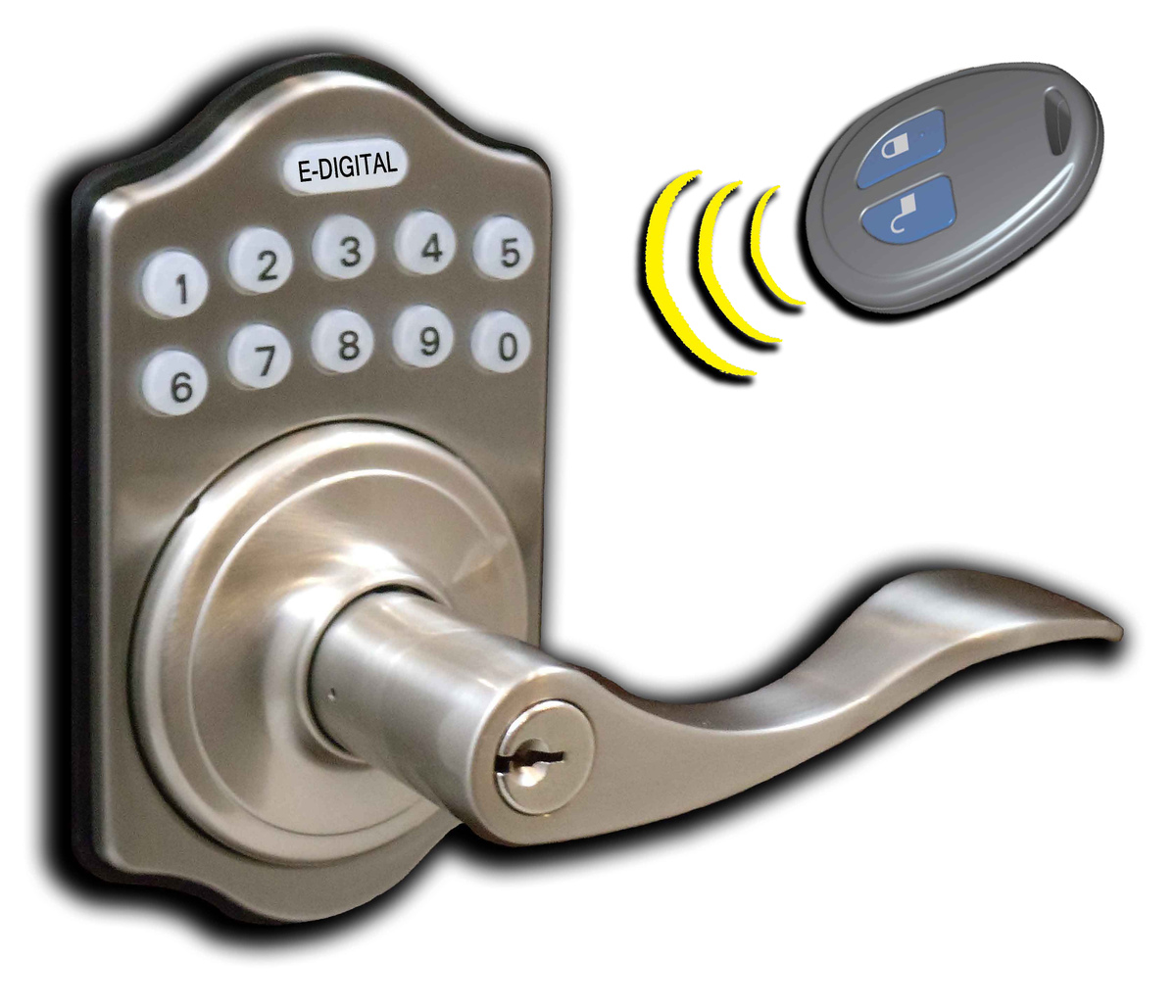

0 thoughts on “How To Lock A Door With A Key”